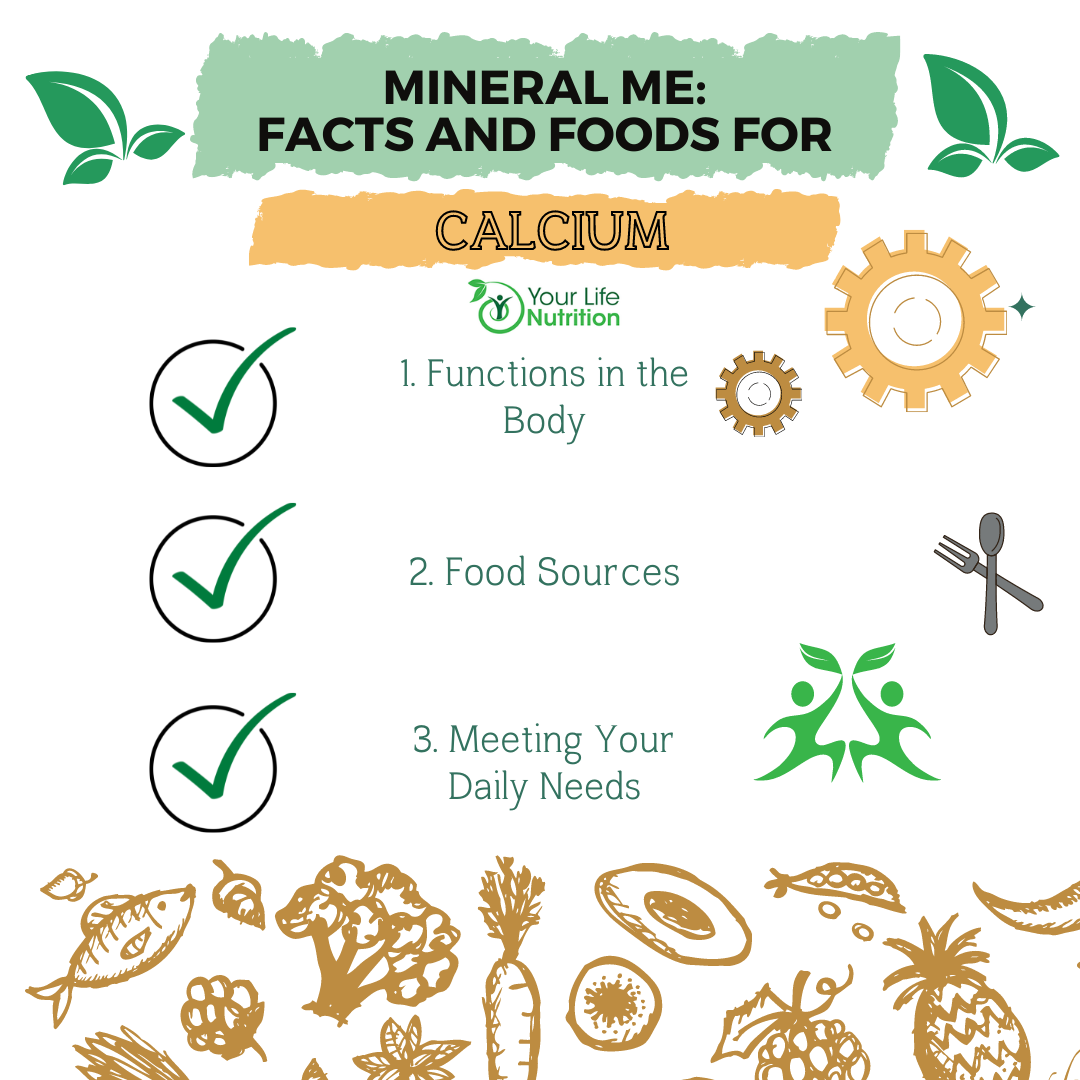Did you know there are 206 bones in the body, from your skull to ribs, down your spine, and all throughout your arms, legs, fingers, and toes.1 Our bodies are kind of like a building, our bones are like the foundation and structure of wood, planks, and bricks. They provide structure and stability. With this framework, construction workers can add beautiful walls, windows, furnishings, and colors to make it unique and safe to live or work in. This would compare to our skin, organs, cells, blood, and other important body systems. But, unlike a building, our bodies can move. With the help of muscles and joints, our bones also provide mobility and flexibility so we can walk, run, jump, stretch, and play.1 Without our bones, all our organs and cells would look like a pile of cement, bricks, and mortar, but the bones provide the framework for our bodies to become a beautiful building. But what would happen if the framework of a building was made from hollow wood that was molding and not structurally sound? We would probably have a collapsed or unsafe structure. The same is true for our bones, they need to be strong to help keep our beautiful architecture intact. How do we do this? The answer is the star of this post, a little mineral with a big job – calcium.1

Calcium is the most abundant mineral in the body for good reason.2 As mentioned earlier, it is the nutrient that makes up a large portion of our bones and teeth and helps strengthen our body tissues for movement and flexability.2 Calcium is not only present in the bones, however, it is also in the bloodstream, tissues, and extracellular fluid (meaning outside of our cells).2 Calcium helps with muscle contraction, blood vessel dilation so blood can travel through the vessels smoothly, in blood clotting, nerve transmission, and hormone secretion.2

We can get calcium from foods that will help keep our calcium stores full and have calcium available for body functions.2 About 98% of the calcium in the body is stored in our bones in a matrix with phosphate.2 This matrix, or web of nutrients, is constantly being broken down and rebuilt.2 This helps keep the bones strong, kind of like renovating your home or putting on a new roof or coat of paint. This not only helps remodel the bones, but helps the body make sure serum calcium levels (the calcium in the circulatory system or blood) are where they need to be.2 There is approximately 1,200-1,400 grams of calcium within the body at all times during adulthood.2 Keeping this serum calcium correct is so important since this is the calcium that performs most of the body functions.2 So, what happens if this level is too low? Well, the body pulls from our calcium stores to replenish serum calcium.2 Where does it pull this from? The bones! So, how do we keep this from happening? Food!
Eating foods rich in calcium helps keep the body’s supply happy and healthy thereby keeping the bones strong.2 The way our body absorbs calcium is pretty interesting. When we consume 200 mg/day, the body will absorb 45%, however if we consume any more than this, it will only absorb 15%.2 The percent absorbed is also influenced by age, as children need to absorb more to build their calcium stores.2 In addition to this, vitamin D plays a big role in the absorption of calcium.2 If you missed the blog “Vitamin Me: Facts and Foods for Vitamin D” be sure to check it out to learn more!

So how much calcium should we be eating every day? For men and women ages 19-50, 1,000 mg per day is recommended.2 As we age, we need more calcium since our bodies are losing stores at a higher rate, so for men and women aged 70 years or older, 1,200 mg per day is needed.2 This number is different for children and women who are pregnant or lactating and should be discussed with the primary physician.2
So, what foods contain calcium? Here is a list of great options for you to incorporate into your diet:
- Yogurt = 415 mg per 8 oz.
- Mozzarella = 333 mg per 3 oz.
- Dairy Milk, nonfat = 299 mg per cup
- Soymilk (fortified) = 299 mg per cup
- Dairy Milk, whole = 276 mg per cup
- Tofu = 253 mg per ½ cup
- Salmon = 181 mg per 3 oz.
- Soybeans = 131 mg per ½ cup
- Spinach = 123 mg per ½ cup
- Turnip Greens = 99 mg per ½ cup
- Kale = 94 mg per cup
- Chia Seeds = 76 mg per Tbsp.
- Pinto Beans = 54 mg ½ cup
- Broccoli = 21 mg per ½ cup
- Apple = 10 mg per fruit

As you can see, calcium is a very important mineral in the body. Having adequate calcium stores is very important as we age, so getting adequate amounts of calcium is especially important before the age of 20, so we have a full supply to help last us through adulthood. If you are concerned about calcium intake or vitamin D status to help with its absorption, be sure to talk to your physician about finding a supplement that is best for you. And remember, the next time you walk, run, or move your arms and legs, just remember calcium is helping keep your bones strong and those bones are helping keep your internal organs safe and protected.
References:
- Bones. Bones – Better Health Channel. https://www.betterhealth.vic.gov.au/health/conditionsandtreatments/bones. Accessed February 8, 2022.
- Office of dietary supplements – calcium. NIH Office of Dietary Supplements. https://ods.od.nih.gov/factsheets/Calcium-HealthProfessional/. Accessed February 8, 2022.
Post created by the University of Akron student dietetic intern: Michaela Campbell





